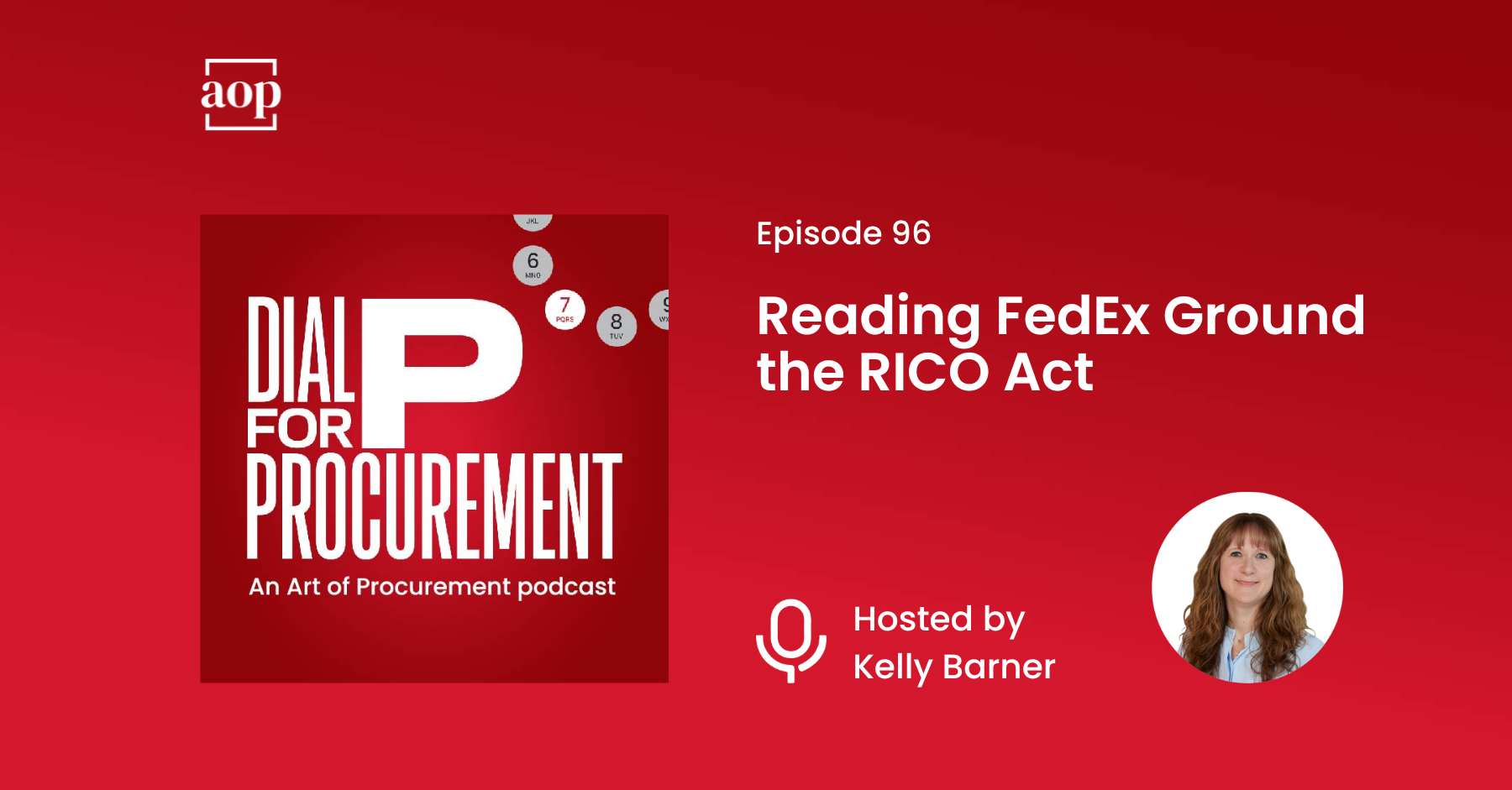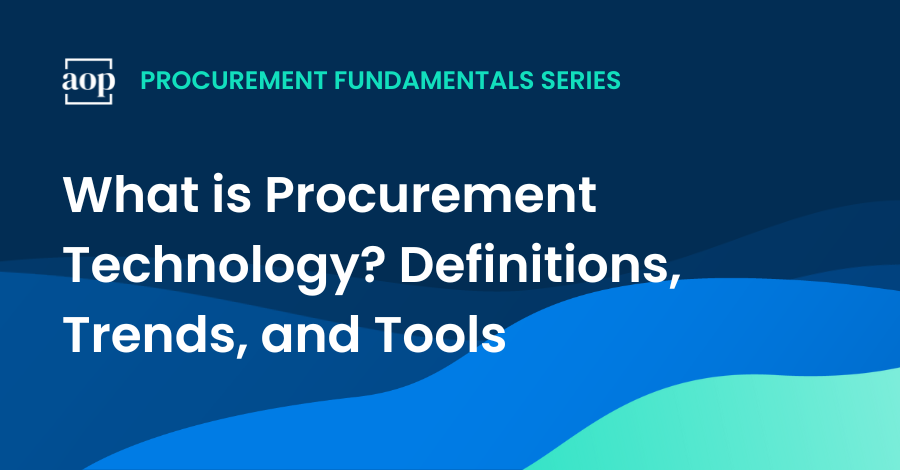
Supplier risk management is the effort associated with identifying, assessing, mitigating, and monitoring risks associated with an organization’s third party providers and supply chain.
Supplier risk management is a key component of supplier management. The goal is to proactively manage potential risks and minimize their impact on the organization’s operations, financial performance, and reputation.
Supplier risk management can be abbreviated as SRM, but should not be confused with supplier relationship management.

Let’s go through all the other key definitions and concepts you should understand as a procurement professional managing supplier risk.
What exactly is supplier risk?
Supplier risk refers to the potential negative impacts that can arise from relying on (or association with) suppliers or third parties that provide goods and services. These risks can disrupt a company’s operations, financial performance, reputation, or regulatory compliance.
Supplier risks can sometimes be the result of external factors (like political instability in a country) or market factors (for example, excessive concentration of suppliers.)
Key supplier risk factors to include in your risk assessment
In episode 28 of the Art of Procurement podcast I shared the top eight supplier-related risk factors:
- Geopolitical risk: The risk that political instability, trade tensions, regulatory changes, or other government actions in a supplier’s country could disrupt supply.
- Concentration risk: Overreliance on a single supplier or small number of suppliers for critical inputs, creating vulnerability to disruption.
- Strategic risk: The risk a supplier relationship fails to meet strategic objectives or a supplier’s actions strategically damage the buyer.
- Reputational risk: The risk a supplier’s actions or association could harm the buying organization’s brand and reputation.
- Compliance risk: The risk a supplier fails to comply with relevant laws, regulations and standards, exposing the buyer to negative press or legal consequences.
- Operational risk: The risk a supplier experiences operational failures or issues that impact their ability to reliably deliver goods and services.
- Financial risk: The risk a supplier becomes financially insolvent or experiences financial distress that impacts their viability and performance.
- Contractual risk: Risks arising from unfavorable, incomplete, inflexible or unenforceable contract terms and conditions with a supplier.
The scope, severity, and likelihood of negative impacts can vary widely by supplier or the criticality of the product or service being purchased. In an interconnected supply chain, even small supplier issues can cascade into major company problems. Proactively identifying, assessing, prioritizing, and mitigating supplier risks is important in today’s procurement operations.
How does supplier risk management work?
Supplier risk management is a key effort performed by today’s digitalized and networked procurement teams.
As businesses have more business units, outsourced resources and external partners, the risks to business continuity are greater. Depending on the industry the company is in and their level of maturity, they may have a dedicated risk organization that procurement engages with and supports, or procurement may own risk management alongside their other activities.
Supplier risk management typically involves:
- Identifying potential risks related to suppliers, such as financial instability, operational disruptions, compliance issues, and reputational damage.
- Assessing the likelihood and potential impact of each identified risk.
- Developing strategies to mitigate or eliminate the identified risks, such as diversifying the supplier base, implementing strict contractual terms, enhancing supplier monitoring, or prequalifying alternate sources of supply.
- Continuously monitoring suppliers for any changes in their risk profile and adapting risk management strategies accordingly.
By implementing a comprehensive supplier risk management program, you can ensure a more stable and resilient supply chain, reduce the likelihood of disruptions, and protect the bottom line and reputation of your business.
Why is supplier risk management important?
In a notable AOP Live session with Gordon Donovan and Matthew Montgomery of SAP we discussed how risk management is both a C-suite priority and driver of procurement strategy. Here are a few key takeaways pointing to the importance of supplier risk management.
Lack of supplier visibility beyond Tier 1
In an increasingly networked global supply chain, suppliers are often categorized into tiers based on their proximity to the final product or service. Tier 1 suppliers are the companies that directly provide goods or services to the purchasing organization. Tier 2 suppliers are the key suppliers to the Tier 1 suppliers, providing them with critical components, services, or raw materials. Tier 3 suppliers are the suppliers to Tier 2 suppliers, and so on through the chain.. While Tier 1 suppliers are the most visible and directly managed, risks and disruptions often cascade from issues at lower tiers, making multi-tier visibility and risk management crucial. A 2022 study by Deloitte and CIPS found that 44% of private sector companies still lack visibility of their suppliers beyond tier 2.
Concerns about cyber risk from suppliers
According to PwC research, cybersecurity is a key source of risk that is concerning to CEOs and the C-suite. If managing cybersecurity is challenging within a business unit, it’s even more complicated through a network of service providers and outsourcing partners. Procurement is being asked more about how they assess suppliers’ cyber-controls, physical security, employee access, and breach response plans.
Supply chain vulnerabilities
Supply chain disruptions during the COVID-19 pandemic and the 2021 Suez Canal obstruction revealed that many companies were underprepared for supply risk scenarios. While the impact of the pandemic is largely over, it highlighted the importance and visibility of proactive supplier risk management. Procurement plays a key role in helping their company be more resilient to future shocks.
Risk is multi-faceted beyond just financial factors
While the financial stability of suppliers is important, procurement must also monitor for operational risks (e.g. labor strikes), compliance (e.g. bribery), geopolitical (e.g. trade disputes), reputational (e.g. ESG issues), and other risk dimensions. As a procurement leader you need to take a holistic view on risk.
Category risk is key, not just supplier-level risk
The inherent risks in what is being purchased (e.g. IT system access, hazardous materials) are often more critical than the specific supplier. Procurement should assess category risk profiles first to prioritize where to focus supplier risk efforts.
Rapid response to disruptions is vital
When supply chain disruptions hit, procurement’s ability to quickly assess impacts, activate alternate sources, and implement other mitigations is crucial. Risk planning must have a “need for speed” mindset. Initiatives that strengthen agility pay off during disruptions.
These examples illustrate why procurement taking a proactive, rigorous approach to assessing and managing a wide spectrum of supplier risks is becoming a greater expectation of the C-suite to protect the company’s performance.
How to integrate risk into your strategic sourcing process
In episode 38 of the Art of Procurement podcast I offer a number of practical tips for embedding supplier risk management into your strategic sourcing processes.
1. Assess first which purchases pose risk and which don’t
Not every supplier needs to be actively monitored for risk, as it may not be feasible or necessary across your full supply base. It will help to have a consistent process to determine which suppliers or categories to monitor more closely.
Remember – risk can be inherent to what is being purchased, regardless of the supplier. For example, services requiring access to confidential data or critical components with long lead times present risks. On the other hand, purchases like office supplies typically pose minimal risk.
2. Segment suppliers into risk levels
At the start of the sourcing process, purchases can be segmented and assigned a risk levels based on factors like access to confidential data, criticality to business operations, ability to quickly replace the supplier, offshoring, outsourcing, and materiality of spend.
The risk level drives which factors need to be measured and mitigated during sourcing. Having a product/service taxonomy with predefined risk ratings can streamline this effort.
3. Consider supplier-level risk assessments
You’re likely to need supplier-level risk assessment if a purchase is deemed sufficiently high risk. This helps identify specific supplier risks to mitigate through the sourcing process.
Risk is also related to the controls and processes the specific supplier has in place during your engagements with them. Suppliers with robust controls may require less monitoring compared to those with less documented controls.
4. Keep your processes consistent with your spend taxonomy
If you want to make risk management programmatic, then you want to have a consistent approach that helps you identify, manage, and mitigate risk across your entire supply base.
You may want to categorize types of spend by risk level in a product/service taxonomy. This allows predefined risk ratings to be applied to new purchases in the same category, streamlining the process for any new spend or suppliers.
Bottom line on Supplier Risk Management
In today’s interconnected and volatile business landscape, supplier risk management has evolved to a core strategic capability for effective procurement teams. Disruptions like the COVID-19 pandemic and Suez Canal obstruction painfully proved that a company’s performance and resilience are only as strong as its weakest supplier link.
Procurement leaders who proactively identify, prioritize, and mitigate risks across their supplier base will be best positioned to safeguard their business from future supply chain shocks. This requires a strategic approach blending risk awareness, robust processes, and collaborative supplier relationships. You can’t avoid all supplier risk, but you can prepare for the unexpected.
If you want to see more tips, visit our Supplier Management Best Practices Hub.
Related Articles and Resources
- Defining and Driving a World-Class Supplier Risk Management Program
- Implementing a Framework Around Global Supplier Risks
- Relationship Building: The Key to Effective Risk Management in Procurement
- When Third Party Risk is a First Tier Priority
- Why Dual Sourcing as a Risk Mitigation Strategy May Not Be the Answer






